Planning your first trip to Costa Rica? Then there’s a good chance you have a lot of questions running through your head. Where should I go? Should I rent a car? What is it like to drive in Costa Rica? Is Costa Rica safe?
We spent two weeks in Costa Rica in early 2025 and have a lot of helpful information to share with you. This guide focuses quite a bit on how to rent a car, if you even need one, and what to expect on the Costa Rican roads.
We also dive into other trip logistics and things to know, such as making advance reservations for the national parks (the USA is not the only place that does this), when to plan your trip, SIM cards, and how to plan your itinerary.
In this guide, we hope to answer any questions you have about how to visit Costa Rica, and maybe answer some questions you didn’t even know you had. If we missed something, feel free to ask us in the comment section at the end of this article.
Tips for Your First Trip to Costa Rica
Orientation to Costa Rica
Costa Rica is a relatively small country. It is located in Central America, bordering Panama and Nicaragua. To the west is the Pacific Ocean and to the east is the Caribbean Sea.
San José is the capital city. It is centrally located in Costa Rica. Most likely, the international airport here (Juan Santamaría International Airport) will be your entry point into the country, although there is a smaller international airport in Liberia (Daniel Oduber Quirós International Airport).
The coastlines are lined with long stretches of beaches, palm trees, and rainforests. Go to the coast to see sea turtles, practice your surfing skills, go snorkeling and scuba diving, and spend some time at a beachfront resort.

Manuel Antonio National Park | shutterstock.com
The central part of Costa Rica is mountainous. Up at the higher altitudes, cloudy conditions and cooler temperatures supports different flora and fauna than what you will find throughout the rest of Costa Rica. The Monteverde Cloud Forest is a popular place to visit, and one of my personal favorite areas of the country.
There are fourteen volcanoes in Costa Rica and six of them are active.
There are 30 national parks in Costa Rica, with Manuel Antonio, Arenal Volcano, Poas Volcano, Corcovado, Tortuguero, and Tenorio Volcano being among the most popular for tourists to visit. Some of these require an advance reservation, which we will get to later in this guide.
Things to Do in Costa Rica
Whether you are into photography, hiking, surfing, wildlife excursions, adrenaline-pumping activities, or relaxing on the beach, you’ll find plenty to do in Costa Rica.
Here are the top things to do in Costa Rica:
See Costa Rica’s diverse wildlife. The best way to do this is on guided wildlife walks, which are offered throughout the country. Animals to see include the two-toed and three-toed sloths, four species of monkeys (white-face capuchin, howler, squirrel, and spider), the Resplendent Quetzal, tree frogs, toucans, and Scarlet Macaws, sea turtles, dolphins, and humpback whales.
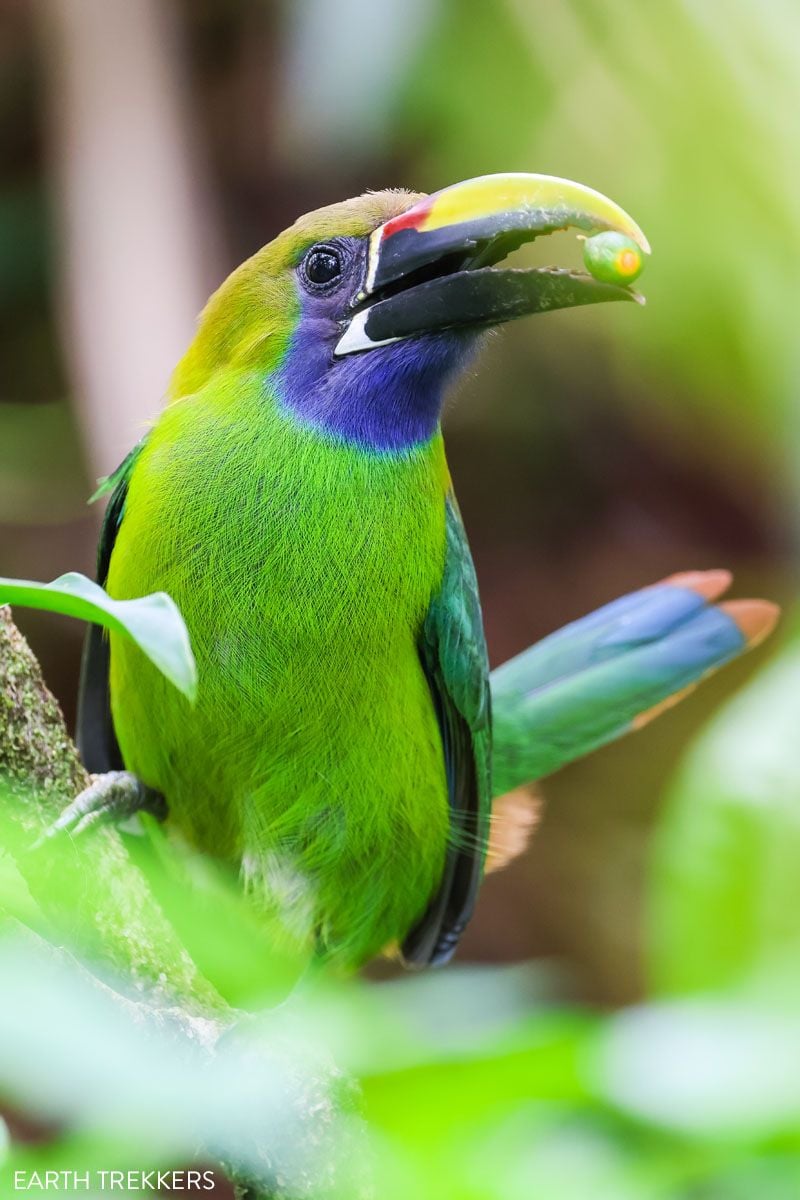
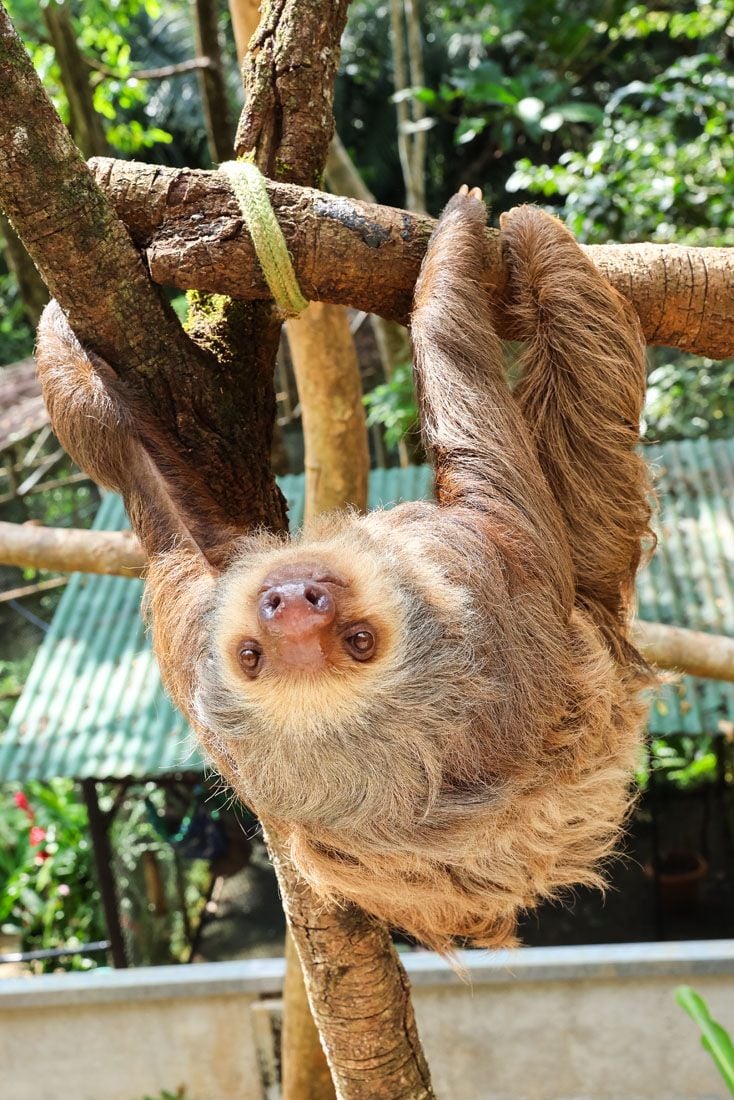
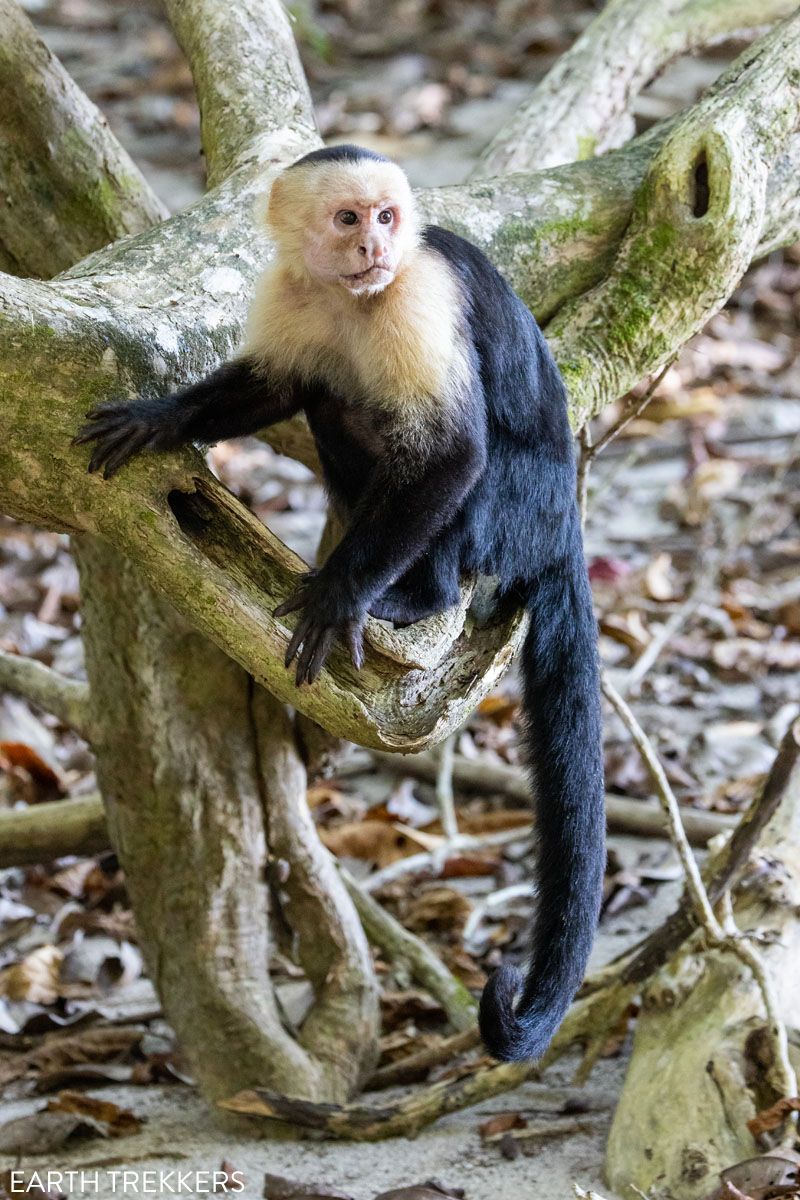
Visit Manuel Antonio. Manuel Antonio is a small town located on the Pacific coast of Costa Rica. This town the gateway into Manuel Antonio National Park, but its coastal location offers a number of adventure activities, ranging from surfing to ziplining to ATV excursions and whale watching tours.
La Fortuna. Unwind in the hot springs, hike the trails around Arenal Volcano, go ziplining, and see La Fortuna Waterfall.
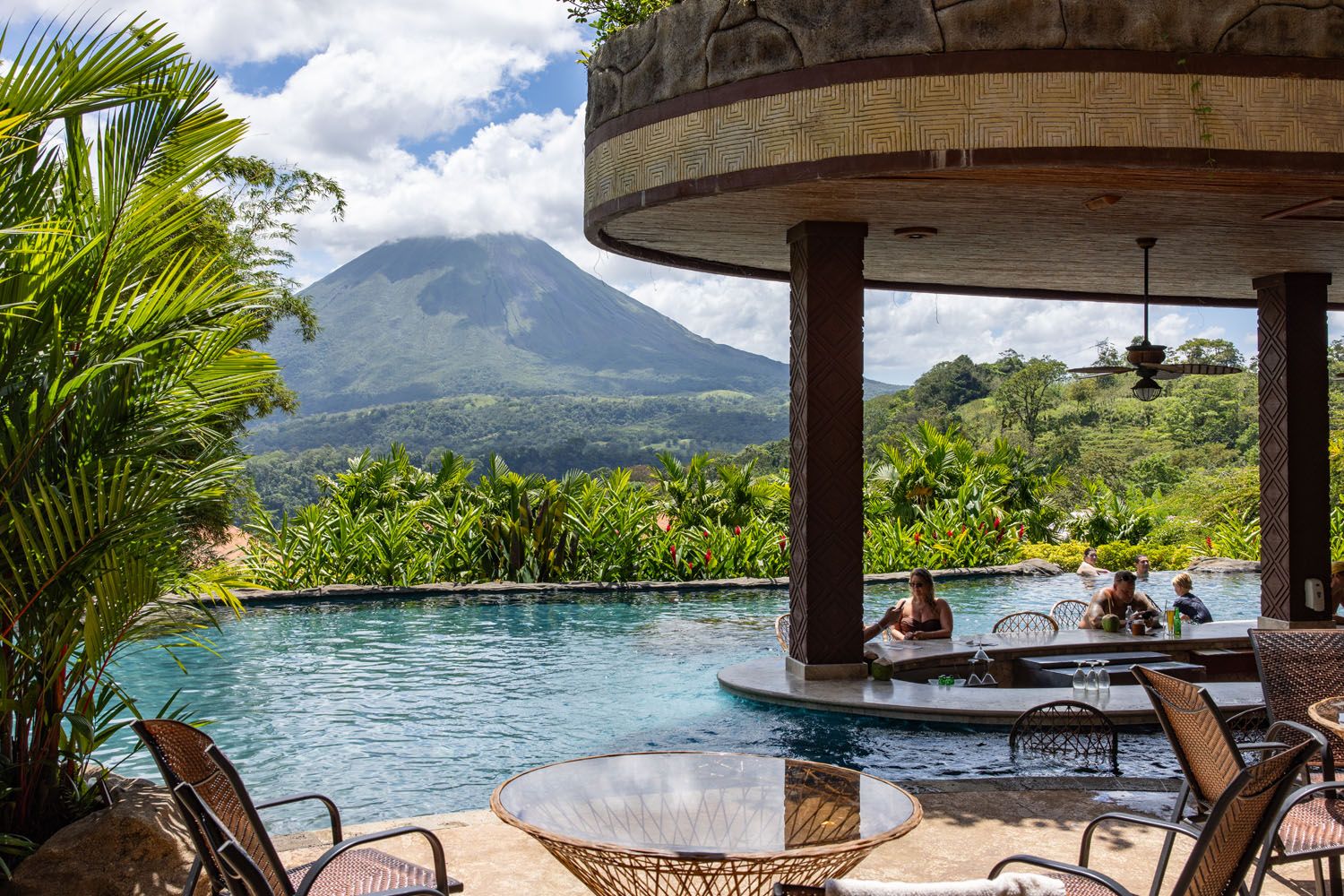
The Springs Resort in La Fortuna
Monteverde Cloud Forest. Famous for its misty skies, the Monteverde Cloud Forest is a high-altitude rainforest. Go ziplining, walk the hanging bridges, hike the El Tigre Waterfalls Trail, and take guided wildlife walks.
Corcovado National Park. Trek through one of the most biodiverse places on the planet, where you can spot jaguars, tapirs, and scarlet macaws.
Relax on the beach. With long stretches of sand lining the Pacific and Caribbean shores, Costa Rica is home to some gorgeous beaches. Some of the most beautiful beaches are found in Manuel Antonio National and Cahuita National Park.
Going ziplining through the rainforest. Soar over the rainforest canopies on a ziplining excursion, also called a canopy tour. There are locations throughout Costa Rica, including Monteverde, Manuel Antonio, and La Fortuna.
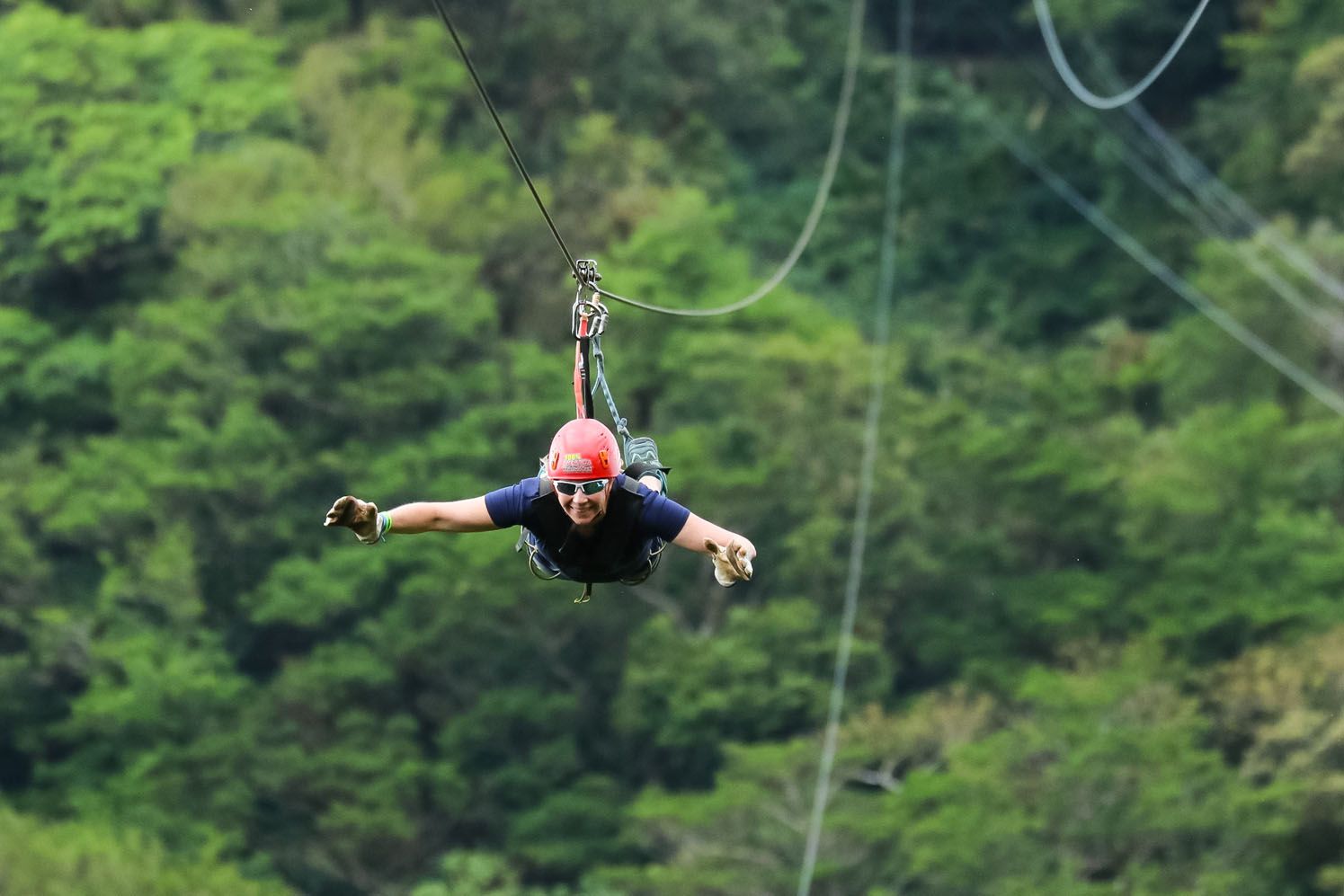
Go surfing at Tamarindo Beach. Catch some waves, take a surf lesson, or just relax and soak in the laid-back vibes of this coastal town.
Cliff Jumping at the Nauyaca Waterfalls. Located near Manuel Antonio National Park, this set of waterfalls is popular destination for swimming, cliff jumping, and photography.
Poas Volcano. Just a short drive from San José, visitors can drive to the crater and take a short walk to peer into this active volcano.
Take a coffee or chocolate tour. Visit a plantation to learn more about the coffee and chocolate-making process in Costa Rica. There are plantations throughout the country, with Manuel Antonio, Monteverde, and La Fortuna being several of the most popular locations to take one of these tours.
Rio Celeste. Located in Tenorio Volcano National Park, this milky-blue river is a great spot to go river tubing. The waterfall is stunning and one of Costa Rica’s most iconic places to visit.
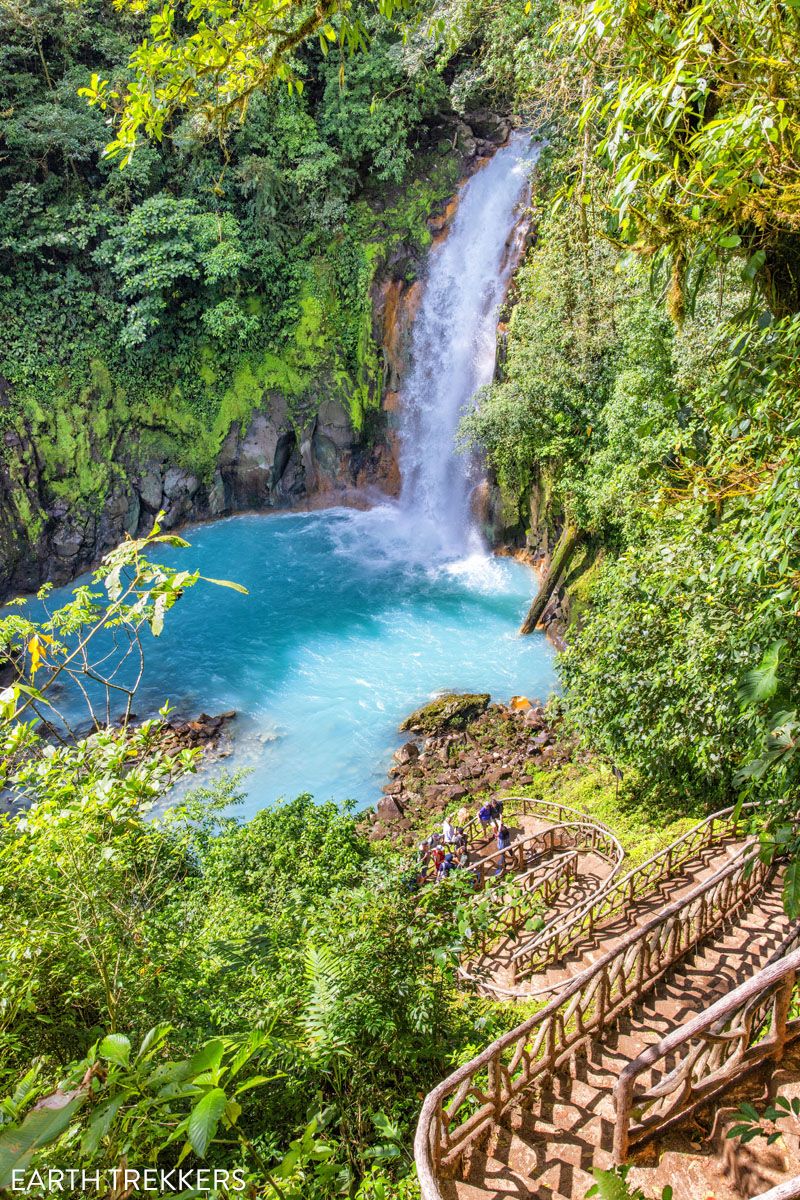
Rio Celeste waterfall
How Many Days Do You Need?
One week is the minimum we recommend for a trip to Costa Rica. This gives you enough time to visit one to two areas of the country, filling your days with wildlife walks, ziplining tours, and some beach or resort time.
10 to 14 days is the perfect amount of time to spend in Costa Rica. A full two weeks gives you enough time to visit both the Pacific and Caribbean coast, tour a few national parks, and day trip to waterfalls, volcanoes, and even take a boat tour to nearby islands.
10 Day Costa Rica Itinerary: Manuel Antonio, Monteverde & La Fortuna
See the highlights of Costa Rica on this 10 day itinerary, which can be done with or without a rental car.When is the Best Time to Visit Costa Rica?
Costa Rica has a tropical climate. There are two seasons, a wet season and a dry season. The best time to visit Costa Rica really depends on what you are looking for, but Costa Rica makes a great year-round destination.
Dry Season (December through April): This is the best time for sunny weather, beach vacations, and outdoor adventures like hiking and wildlife spotting. It’s also peak tourist season, so expect higher prices and larger crowds. March and April tend to be the hottest months of the year.
Wet Season (May through November): This is the rainy season, but it’s also when the country is at its most lush and vibrant. Rain usually comes in afternoon showers, leaving mornings clear. It’s a great time for fewer crowds, lower prices, and amazing wildlife sightings, especially in the rainforests.
Best Time to Visit for Wildlife Sightings:
- Sea turtles: July – October (Caribbean side) and September – March (Pacific side)
- Whale watching: December through mid-March and end of July to mid-October to see humpback whales (Uvita is the best place to go)
If you want the best of both worlds, good weather and fewer crowds, consider visiting in May, June, or November, when the transition between seasons brings moderate rainfall but still plenty of sunshine.
What We Did: We visited Costa Rica from the end of February into early March. We had sunny skies for the entire trip, with one day of clouds on the very last day, while visiting Poas Volcano. Of the three main places we visited (Manuel Antonio, Monteverde, and La Fortuna), Manuel Antonio was the hottest and most humid, with the average high temperature ranging from 29°C/85°F to 32°C/90°F, with a heat index of 38°C/100°F. Monteverde was delightfully cooler and La Fortuna was warm (roughly 28°C/82°F to 30°C/86°F during the day), but not as hot as Manuel Antonio.
How to Get to Costa Rica
For most visitors, flying to Costa Rica is the most common way to get here.
There are two main airports in Costa Rica:
- Juan Santamaría International Airport (SJO): Near San José, best for central & southern regions.
- Daniel Oduber Quirós International Airport (LIR): In Liberia, ideal for the Pacific coast & Guanacaste.
It’s also possible to travel to Costa Rica overland from Nicaragua or Panama. Some cruises will make a stop in Puntarenas or Limón.
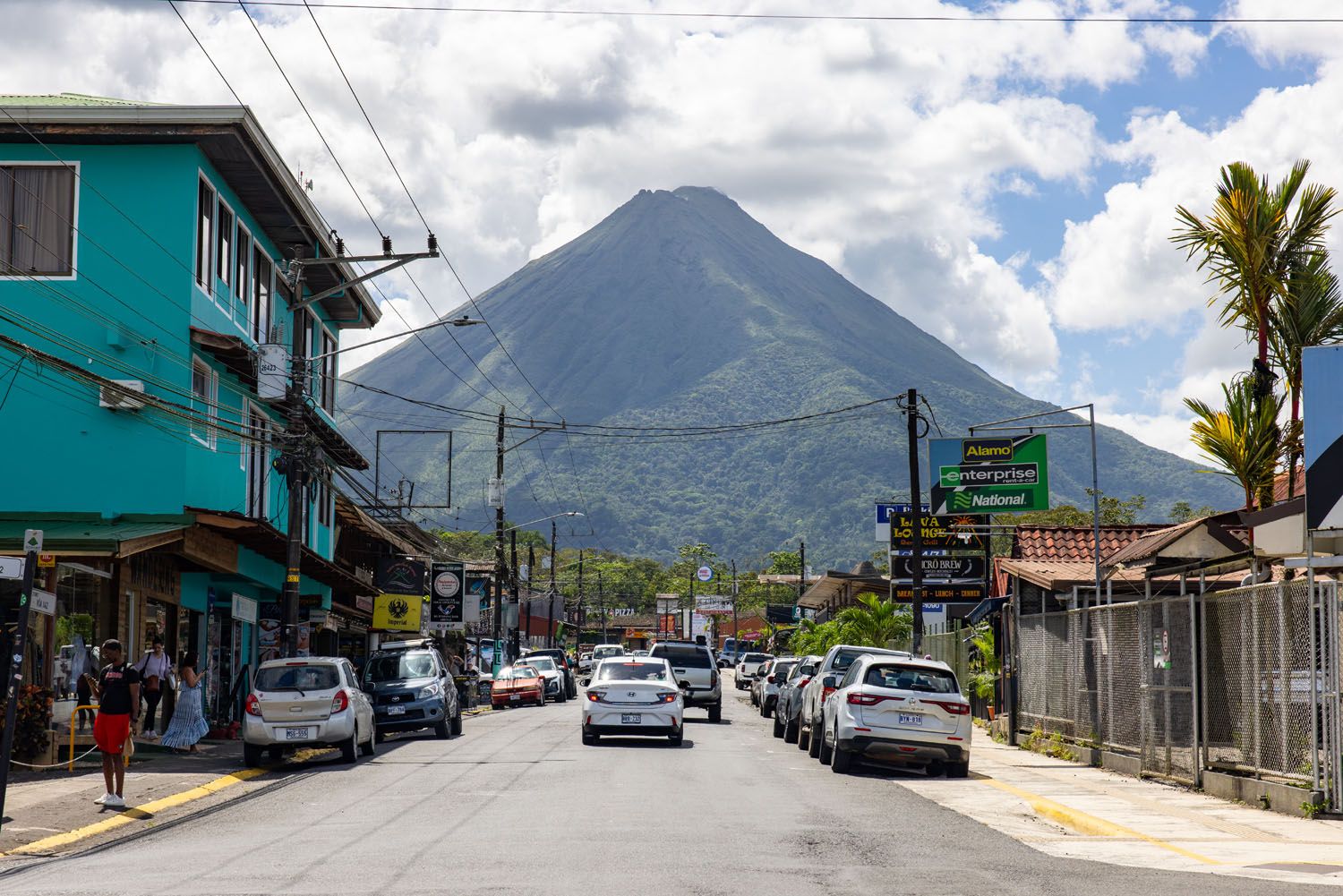
La Fortuna and Arenal Volcano
What is it Like to Drive in Costa Rica?
Driving in Costa Rica is rather straightforward. Roads range from well-maintained highways to two-lane paved roads to rough, unpaved roads. If you are comfortable driving in the US, Canada, Europe, or Australia, then you should be fine driving in Costa Rica.
However, there are a few things to be aware of.
GPS: We used Google Maps for navigation and it worked great in our experience. I have also heard that Waze works well.
Tolls: There are a few tolls on Route 1 and Route 27 when driving between San José and Manuel Antonio. These can be paid with a credit card or cash (colones or US dollars).
One lane bridges: These are very common throughout Costa Rica. The rule is that everyone on one side goes until it is clear and then everyone on the other side goes.
Potholes: Potholes are very common in Costa Rica. The place where we saw the most potholes was near Monteverde, on the drive from Monteverde to La Fortuna.
Gas stations: Gas stations are full-service so they will pump the gas for you. We paid with a credit card.
Mountain Roads: The roads in the mountains (notably around Monteverde and Poas Volcano) can be foggy and rainy. We recommend avoid driving mountain roads at night because that will make visibility even worse.
Rainy Season: During the rainy season (May to November), the wet conditions can lead muddy conditions and make potholes worse and flooded areas can be impassable.
Do You Need a 4×4 or SUV?
Many roads in Costa Rica are paved. However, in Manuel Antonio, Uvita, and Monteverde, there are quite a few gravel roads that lead to places you may be visiting, such as ziplining parks, waterfalls, and nature reserves. These can be very rough in spots and a standard vehicle could have a tough time on these roads.
On many websites, when people refer to a 4×4, they are referring to an SUV with all wheel drive (for example, a Hyundai Tuscon, which is what we drove, is considered to be a “4×4”).
When you hear the term “4×4,” don’t think that you must have a Jeep Wrangler or a Ford Bronco. An SUV like a Hyundai Tucson or a Kia Sportage is fine.
Depending on where you plan to go, an SUV may or may not be necessary. We highly recommend an SUV for Monteverde or Uvita. If you have plans to visit Manuel Antonio or La Fortuna, it is possible to rent a standard car and use the transportation provided by the tour companies to get to places that are located along the gravel roads.
But in general, renting an SUV will give you the most freedom to move about Costa Rica.
A true 4×4 is not necessary, unless you will be in Costa Rica during the rainy season and have plans to go off the beaten path.
What We Did: We rented an all-wheel SUV (the Hyundai Tucson) and drove to all of our excursions. Our trip was during the dry season. Tim drove without the 4×4 engaged to see what it would be like. He did experience some slippage on the steeper, unpaved roads, but we had no issues getting around Costa Rica.
Should You Rent a Car?
One important thing to know if it is your first trip to Costa Rica is that you can get around without a rental car.
There are shuttles and private drivers that can get you from town to town. Once in a town, you can use the hotel shuttle, the transportation offered by the excursion (for example, many ziplining companies include transportation in the fee), or the public bus to get around.
So, if you aren’t comfortable driving or you just don’t want the hassle of renting a car, you don’t absolutely need one.
Transfer Services in Costa Rica
How to Rent a Car in Costa Rica
This is one of the most important things that we cover in this guide.
When we travel, we typically rent a car with an agency such as Avis, Budget, etc. After reading the reviews these companies get in Costa Rica, which are terrible, we selected Adobe Car Rental, a domestic car rental agency. It was one of the best decisions of our trip.
Adobe Car Rental has locations throughout Costa Rica. We saw their offices in the larger cities and the smaller towns, which makes it easy to rent a car for just a few days, and use a transfer service to get from town to town.
Why We Picked Adobe Car Rental: They get excellent reviews, the website is very easy to use, their website made it clear which insurance was mandatory and which was optional, and their website made it clear what type of vehicle we would be renting.
Our Experience with Adobe Car Rental
We picked up our rental car at the San José airport. The rental car office (not just for Adobe, but for Avis and other companies) is located off-site from the airport. We found the Adobe Car Rental employee outside of the terminal (this part can be hectic…there is a huge number of drivers, hotels, and rental car companies holding up signs), waited about 5 minutes, and then we boarded the shuttle bus to their office.
It was 15-minute drive in an air-conditioned van in the office. Once there, they have quite a few employees ready to assist you into handling the paperwork, so there was no waiting in line or delays. It took roughly 15 minutes to get through this process.
The process was smooth, our car was clean and relatively new, and then we were on our way. We returned the vehicle at the same office, again there was no wait to hand over the vehicle, since they have a lot of staff members on hand, and we took their shuttle back to the airport.
On a return trip to Costa Rica, we will use Adobe Car Rental again, no doubt about it.
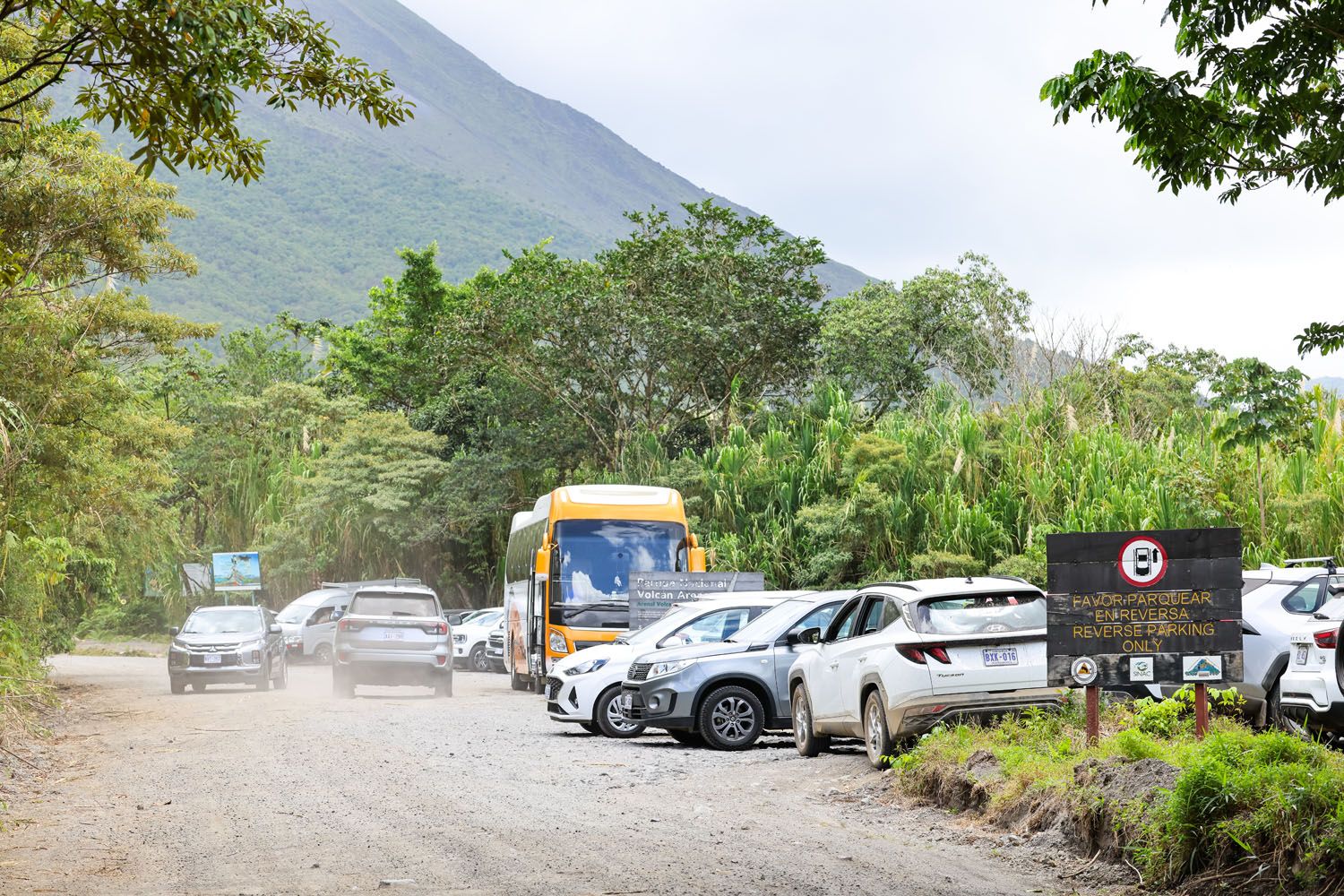
Parking lot at Arenal Volcano Park 1968 in La Fortuna
Mandatory Insurance when Renting a Car
To rent a car and drive in Costa Rica, you are required to have a certain amount of liability insurance with your car rental. Any other car rental insurance is supposed to be optional.
Depending on the website you use to make your car rental reservation (for example, Avis vs. Adobe Car Rental), it may not be clear if the mandatory insurance is included or not. In reviews Tim read on websites like Avis, people mentioned that they felt scammed because when they picked up their car, they were told it would cost more than the reservation amount.
That was one of the things we really liked about Adobe Car Rental. On their website, they were very clear about what was necessary and what we were paying for.
If you plan to use the collision coverage provided by your credit card, or another policy you may have, then bring a printed letter from your credit card company (or policy provider) that states you have this coverage. Know that this doesn’t replace the need for the required liability insurance (you still have to purchase that).
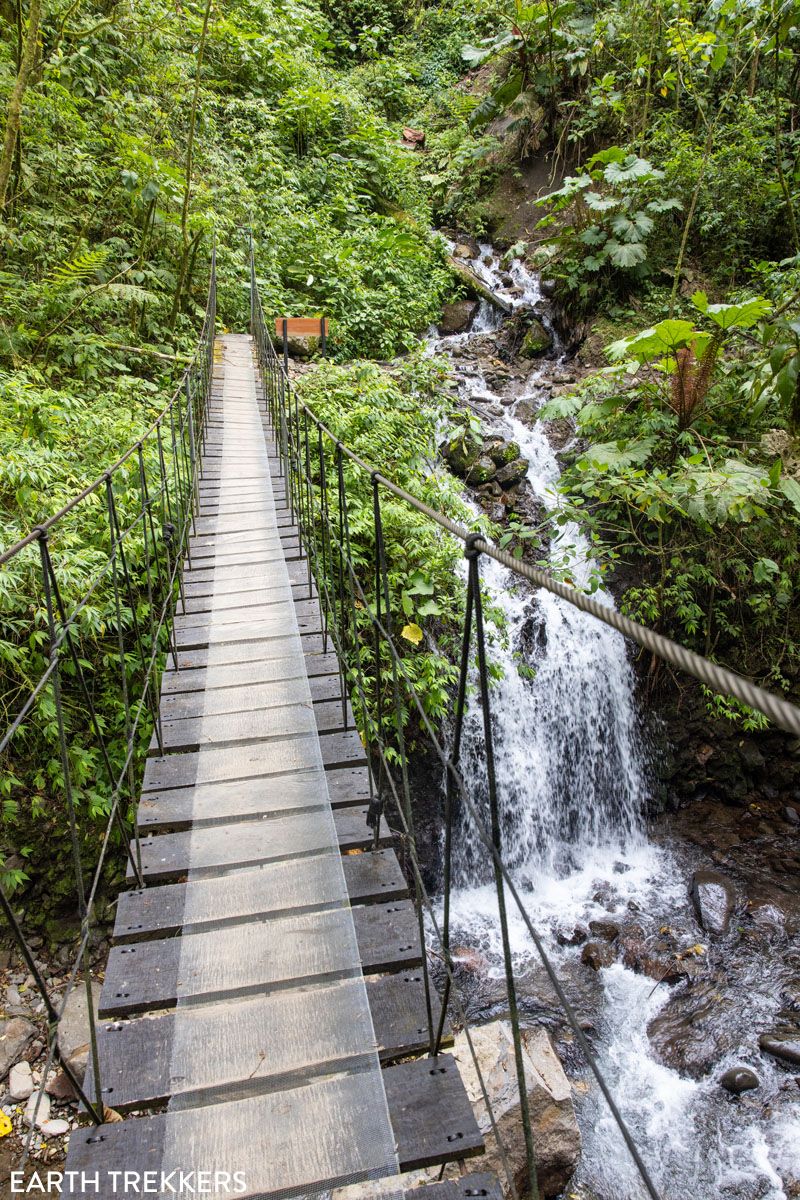
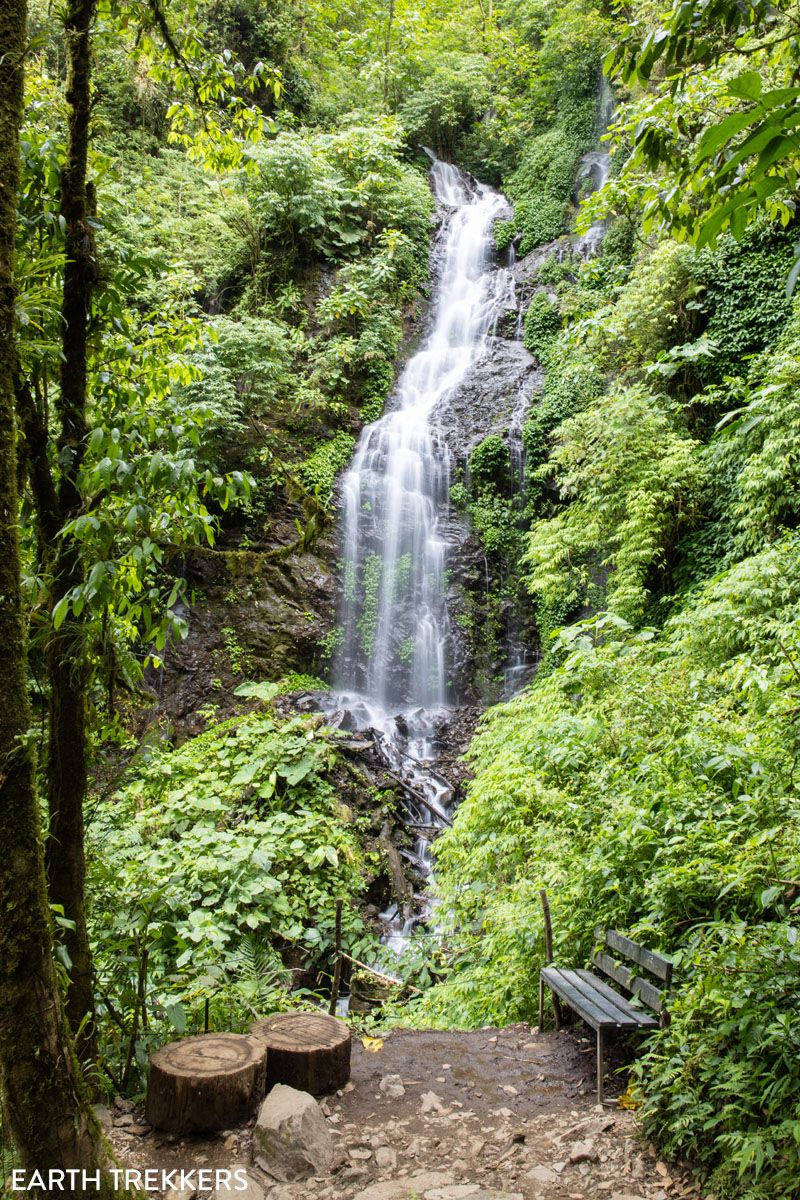
El Tigre Waterfall Trail in Monteverde
Potential Scams & Honest Mistakes
We had two minor issues, usually with currency exchanges, on our visit to Costa Rica. These may have been honest mistakes, but they could have been potential scams.
Many hotels and stores enter the payment amount and currency into the credit card machine manually, which can result in mistakes. We stopped for a snack and when paying we were told it was 10,000 colones (equivalent to $20 USD at the time) but the waiter entered it into the credit card machine as $10,000 USD instead of 10,000 colons. So, always check the credit card machine screen for both the currency and amount before tapping your credit card for payment and before signing a receipt.
Gas stations are full service, so they pump the gas for you. Look at the numbers on the pump before the attendant approaches you for payment. One attendant entered the number of liters in thousands into the credit card machine instead of the amount in colones. So, instead of charging us 20,000 colons he tried to charge us 32,000 colones for 32 liters of gas. When I questioned it, he fixed it.
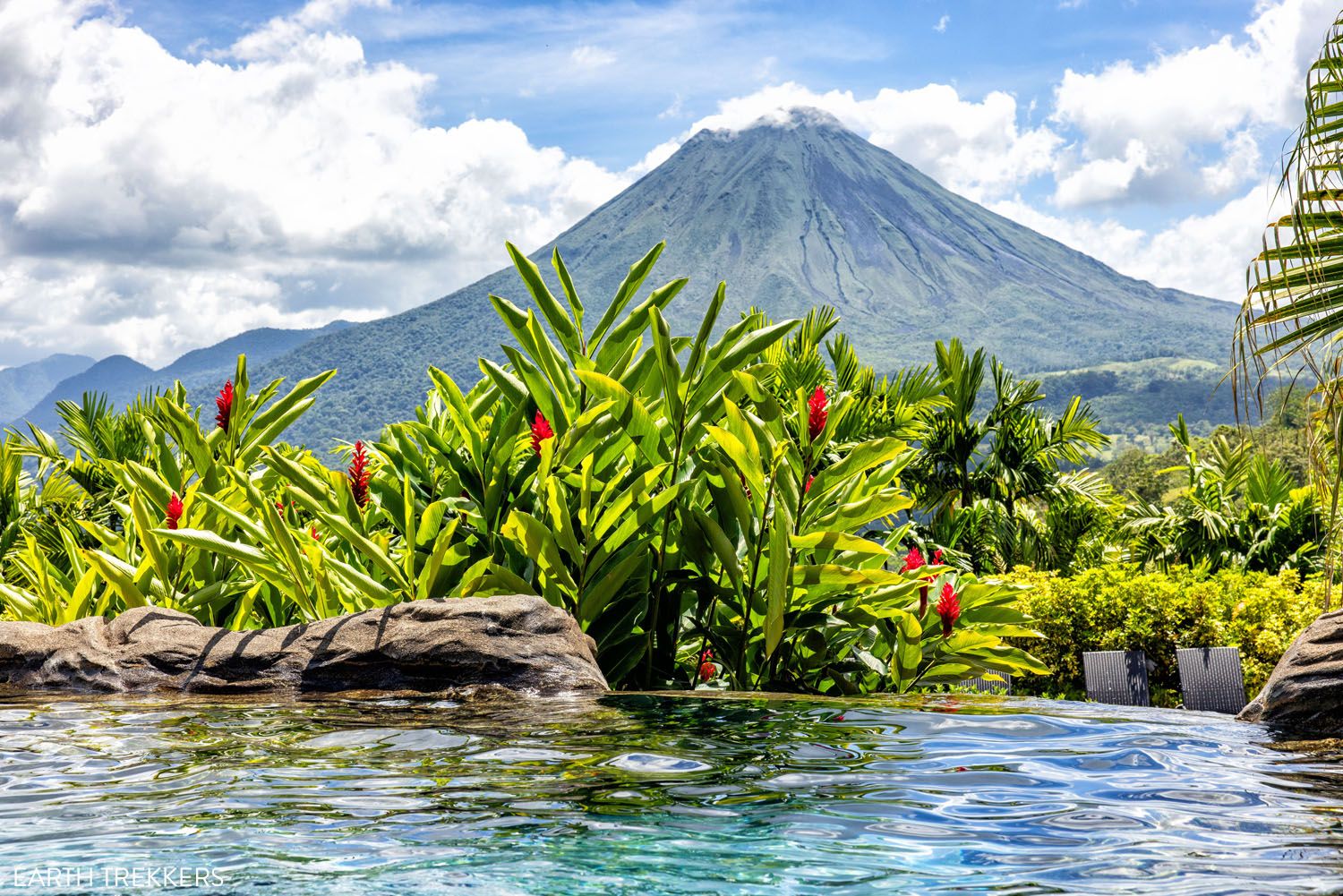
Arenal Volcano
Is Costa Rica Safe?
We felt very safe in Costa Rica, but we mainly stayed in touristy areas like Manuel Antonio and La Fortuna.
Petty crime and theft (pickpocketing and bag snatching) are the biggest issues tourists face. Violent crime is rare in touristy areas and more common in bigger cities like San José and Limón.
The risk of mosquito-borne diseases (dengue fever, Zika, and chikungunya) are not to be ignored. These diseases are prevalent in the rainy season (May through November). During this time, take precautions such as wearing insect repellent, running the air conditioning rather than leaving windows open, and wearing long pants and long-sleeved shirts.
I have had dengue fever (in 2014, on a trip through India) and it is not a fun experience. This is a disease that tends to be worse on the second occurrence, so I was continually lathered in insect repellent (our go-to is Sawyer Picaridin Insect Repellent lotion, which lasts 14 hours so it can be applied in the morning and it lasts all day).
The hurricane season runs from May through November, which brings the risks of landslides and flooding. Earthquakes are also a possibility, with the most recent one occurring in 2012, a 7.6 magnitude earthquake.
If you are going to the beach, also beware of the Manzanillo tree (also called the Manchineel tree or beach apple). This is one of the most toxic trees in the world and it produces a milky-white sap whose toxins cause blistering and even death. These trees can be found on some beaches in Costa Rica.
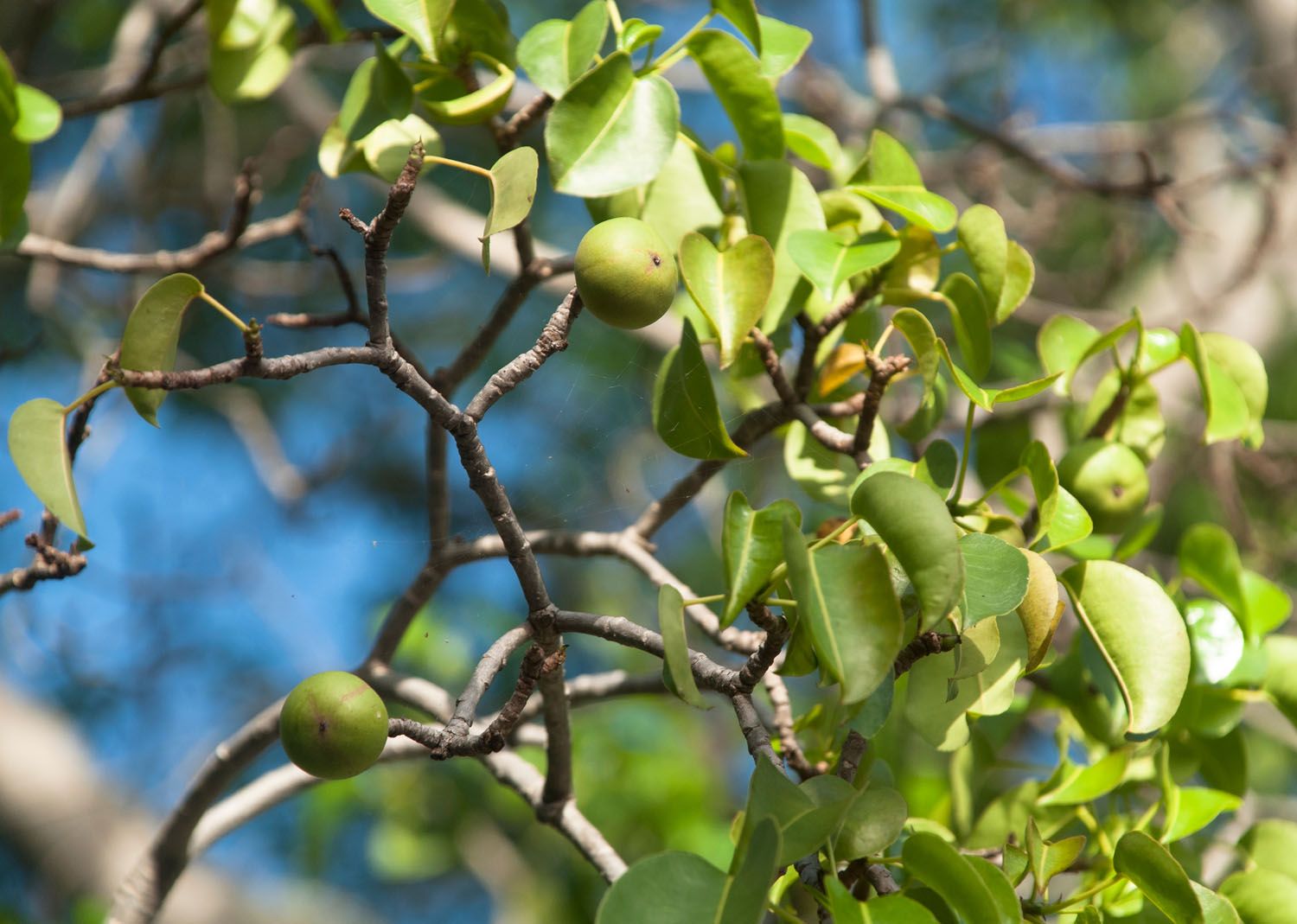
Manzanillo tree
Currency & Tipping
In Costa Rica, the official currency is the colón but the US dollar is also widely accepted. In fact, it is possible to withdraw both US dollars and Costa Rican colones from an ATM.
Most places we visited gave us the option to pay in both colones and US dollars. We brought US dollars with us and withdrew colones at the airport, so we had both on hand. We paid for many things with our credit card, but it was good to have cash on hand for small purchases, tips, and at sites where credit cards are not accepted.
Restaurants usually include a 10% service charge on the bill. You can provide an extra tip if you like, for exceptional service, but it is not necessary.
We tipped our tour guides about 10% of the total cost of the tour. Parking lot attendants will ask for a “tip,” but more likely, this is the fee to park here (it’s typically just a few dollars). If you don’t leave the tip, we have heard stories where the attendant will key or scratch your car.
SIM Cards & Staying Connected
We now use Airalo when we travel.
Airalo sells eSIMs for countries around the world. These eSIMs can be purchased in advance, so there is no need to visit a local phone shop. We have also used Airalo in Costa Rica, Italy, France, Switzerland, Spain, the UK, New Zealand, and Australia and it has worked brilliantly.
National Park Reservations
In Costa Rica, there are several national parks that require a timed entry ticket, purchased online in advance. This includes but is not limited to Manuel Antonio National Park, Poas Volcano National Park, and Tenorio Volcano National Park.
Use the National Park Authority website, SINAC, to determine which national parks require advanced timed entry tickets, the availability of those tickets, and to purchase those tickets. Before making a purchase, you will have to create an account.
If you plan to take a guided tour into a national park, then it is important to check with your tour operator to determine if the entrance ticket is included in the tour being purchased. We took a guided tour of Manuel Antonio National Park and we had to purchase the national park ticket separately.
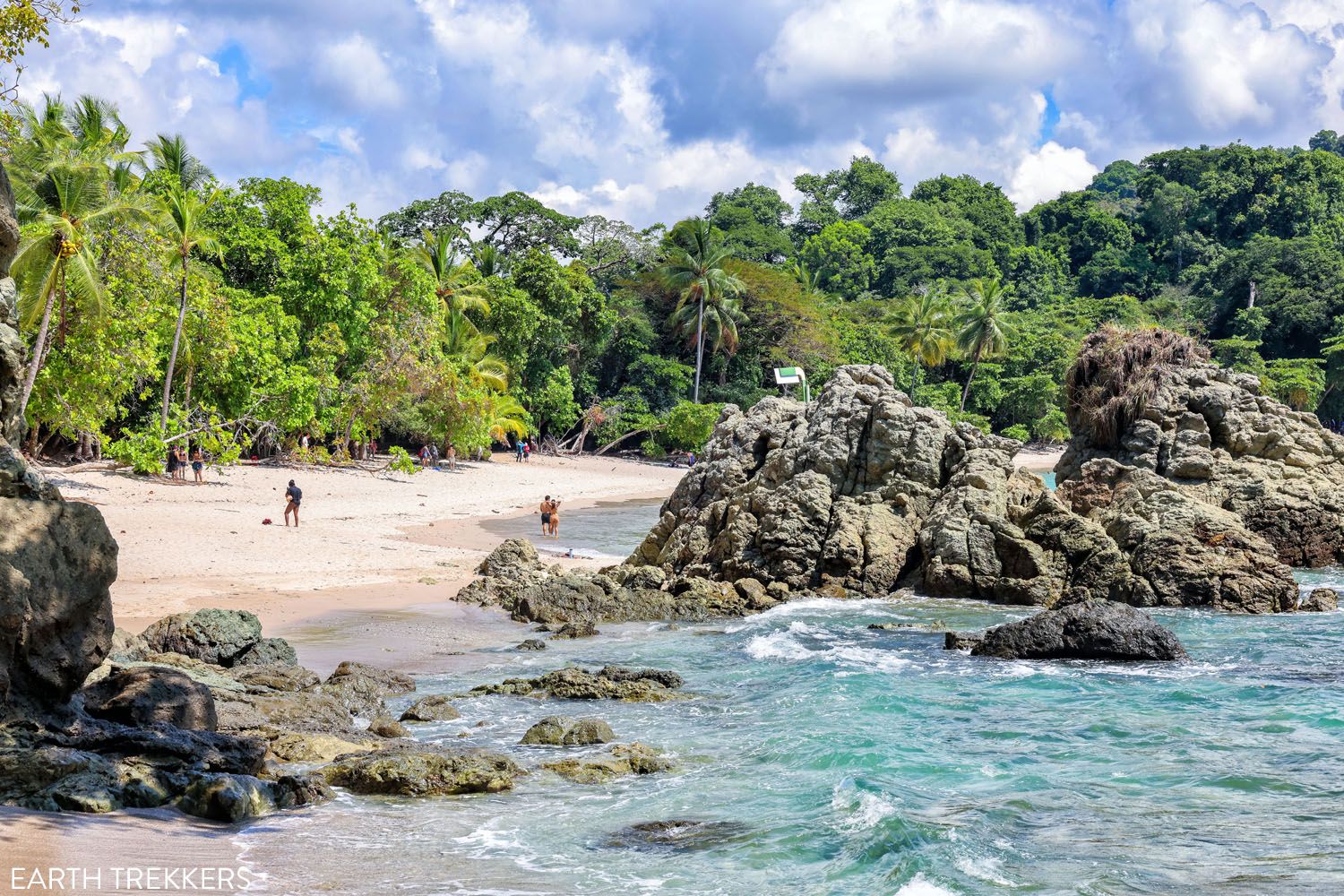
Manuel Antonio National Park
Should You Hire a Guide?
Yes.
The animals in Costa Rica have evolved to camouflage themselves in the trees, a skill that works exceptionally well. It wasn’t until we looked through the guide’s scope, that we could then identify the sloth/monkey/bat/bird in the tree.
Hiring a guide is worth every penny. Without one, there is a good chance you’ll see very little, at least when it comes to wildlife.
Another advantage of hiring a guide is for the photos of the animals. Our guides took some amazing photos using our smartphone and their scope. Taking a guided tour is much cheaper than buying or renting high-powered camera equipment. We walked around with a Canon R5 Mark II and a 100-500 mm lens, and in some cases, our guide still got better photos with his smartphone + scope combo.
PRO TRAVEL TIP: Wildlife tends to be more active first thing in the morning. This is the best time of day to do wildlife walks, so save the ziplining, surfing, ATV tours, and thermal pools for the afternoon.
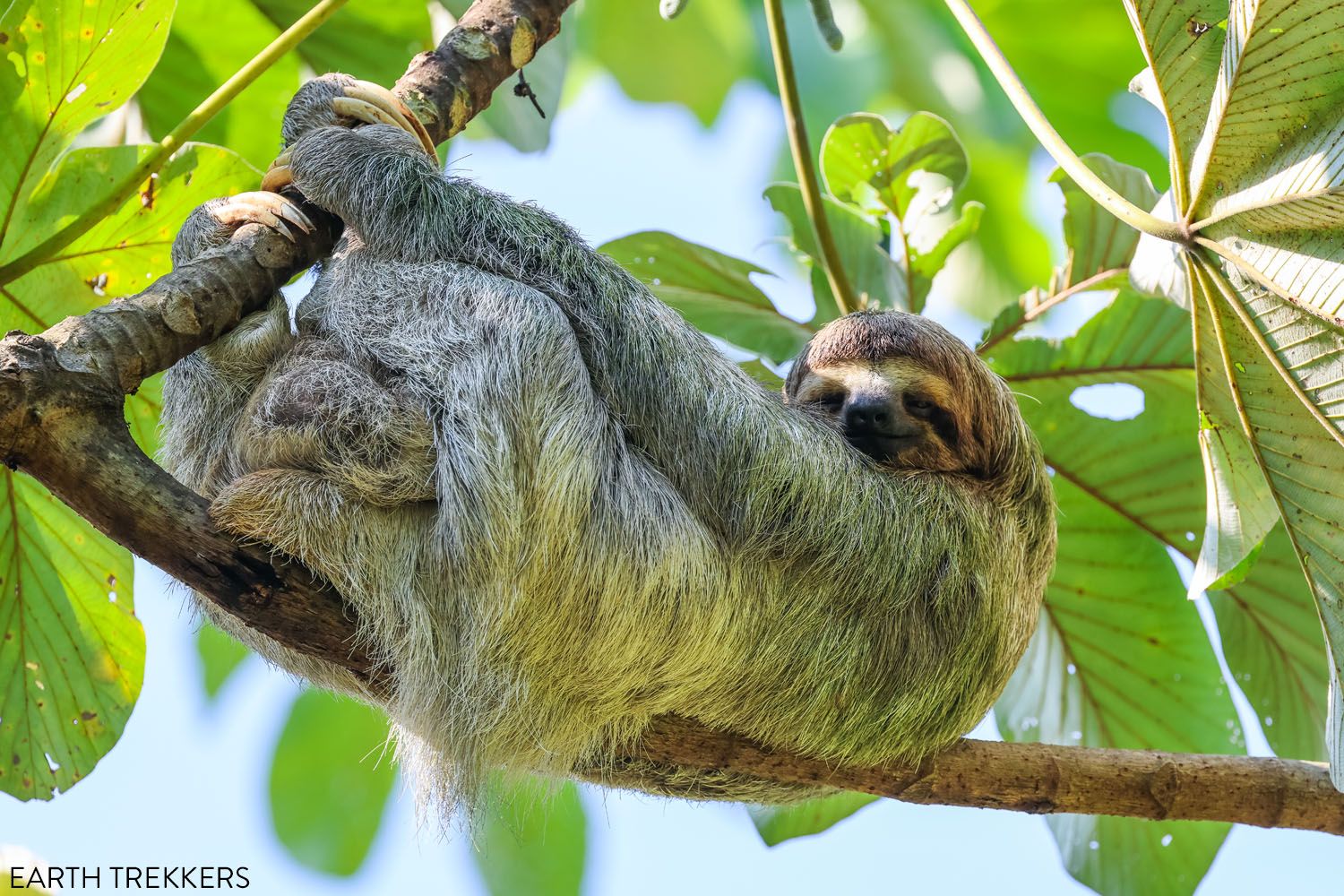
GetYourGuide is a Great Resource for Your Trip
There are lots of opportunities in Costa Rica for excursions, such as guided wildlife walks, ziplining, mangrove tours, and canyoning. We highly recommend making these reservations in advance.
For years now we have been using GetYourGuide to book many of our entry tickets and excursions. Costa Rica was no different. We booked almost all of our excursions in advance and GetYourGuide worked beautifully for our trip to Costa Rica. In our guides to Manuel Antonio, Monteverde, and La Fortuna, we provide links to the tour we used and others that we considered.
Booking your excursions through GetYourGuide, versus the official website, comes with advantages, some you may not be aware of.
Here are the advantages of using GetYourGuide:
They have a nice list of excursions, without being overwhelming. The review scores help you narrow down the options.
You only have to enter your credit card information into one website, instead of the website for each excursion.
Many excursions on GetYourGuide allow to you reserve your spot now and pay a few days before the excursion. Most official websites take payment at the time of booking.
Many tours on GetYourGuide allow you to cancel up to 24 hours before your activity and still get a full refund.
Cancellation is super easy to do, either on the GetYourGuide website or within their mobile app. It is just the press of a couple of buttons and there is no need to contact the tour operator and track down your refund.
You can message the tour operator through the GetYourGuide app if you have any questions.
All of your reservation details are in the GetYourGuide mobile app that you can take with you.
If tickets/tours are sold out on the official website, there’s a chance you can book a tour or purchase those tickets on the GetYourGuide website.
And the advantages of GetYourGuide aren’t only for Costa Rica. Over the years, we have become huge fans of this platform, for tours and tickets around the world.
Tours We Took that We Recommend:
Manuel Antonio National Park: We took this 2-hour guided nature walk in Manuel Antonio National Park. It can be upgraded to a private experience.
Monteverde: We took a guided tour of Curi Cancha Reserve and our guide spotted both a male and female Resplendent Quetzal, a jackpot when it comes to bird sightings in Monteverde.
Monteverde: We booked our ziplining tour with 100% Aventura through GetYourGuide, doing the longest zip line in Costa Rica.
La Fortuna: We took a guided tour of Mistico Park and our guide was amazing spotting wildlife.
What to Pack
Packing for Costa Rica can be a bit complicated. With beach time, hiking, swimming, and adventure activities, there is a lot of gear to pack in your suitcase. And don’t forget insect repellent, reef-safe sunblock, and a reusable water bottle. Here is our detailed packing list ↓
Costa Rica Packing List: Complete Guide for First Timers
From reef-safe sunscreen to insulated water bottles, this is everything you need to pack for your trip to Costa Rica.If you have any questions about planning your first trip to Costa Rica or any additional Costa Rica tips, let us know in the comment section below.
More Information for Your Trip to Costa Rica
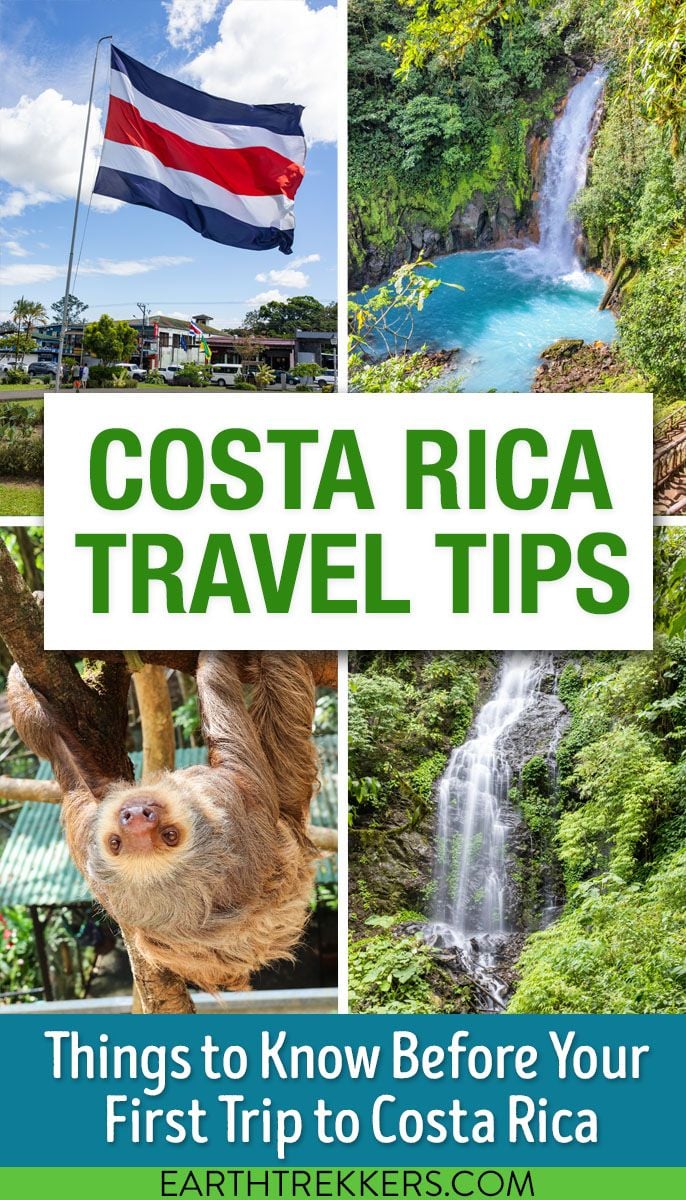
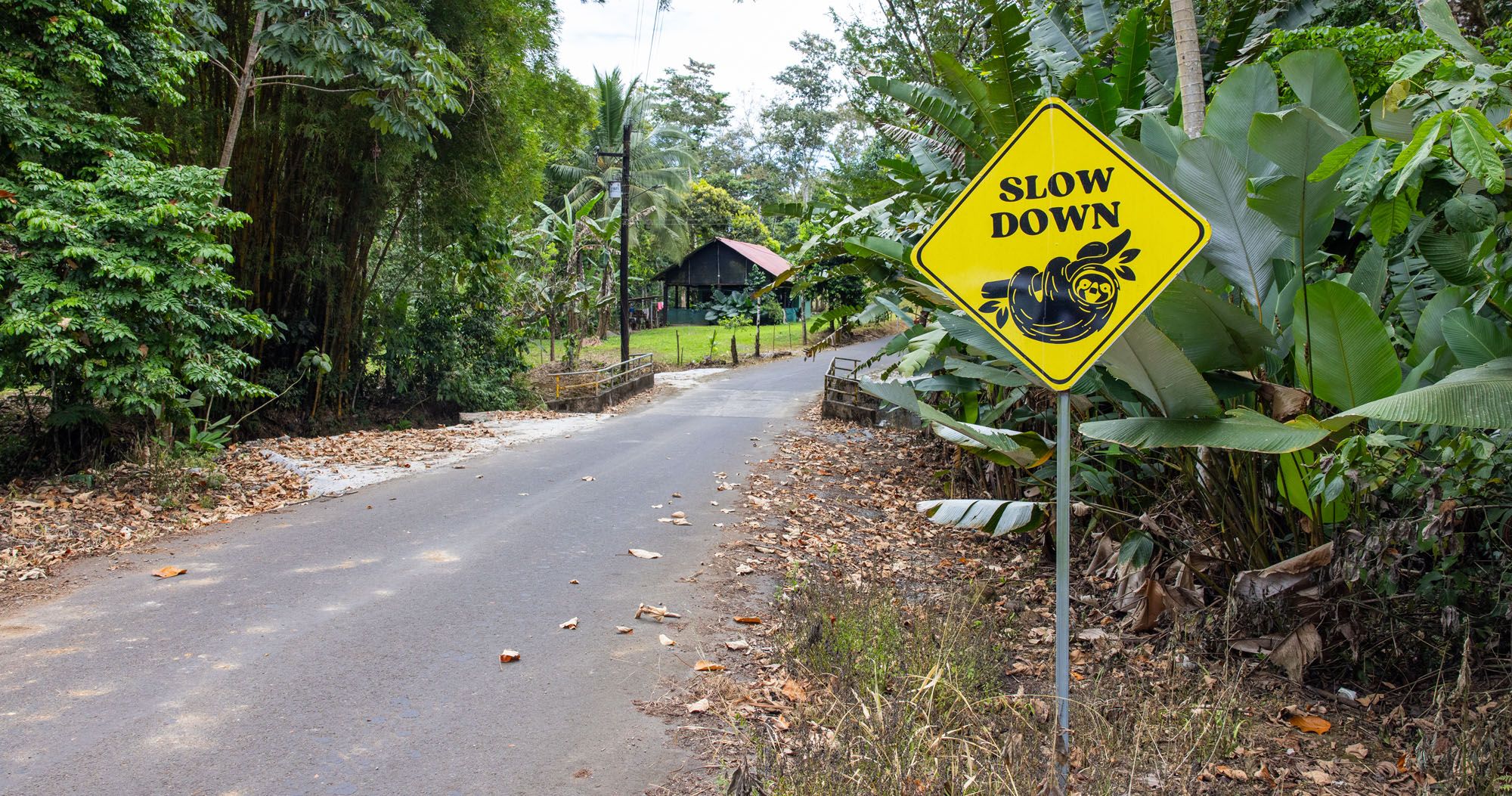
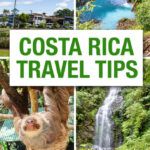

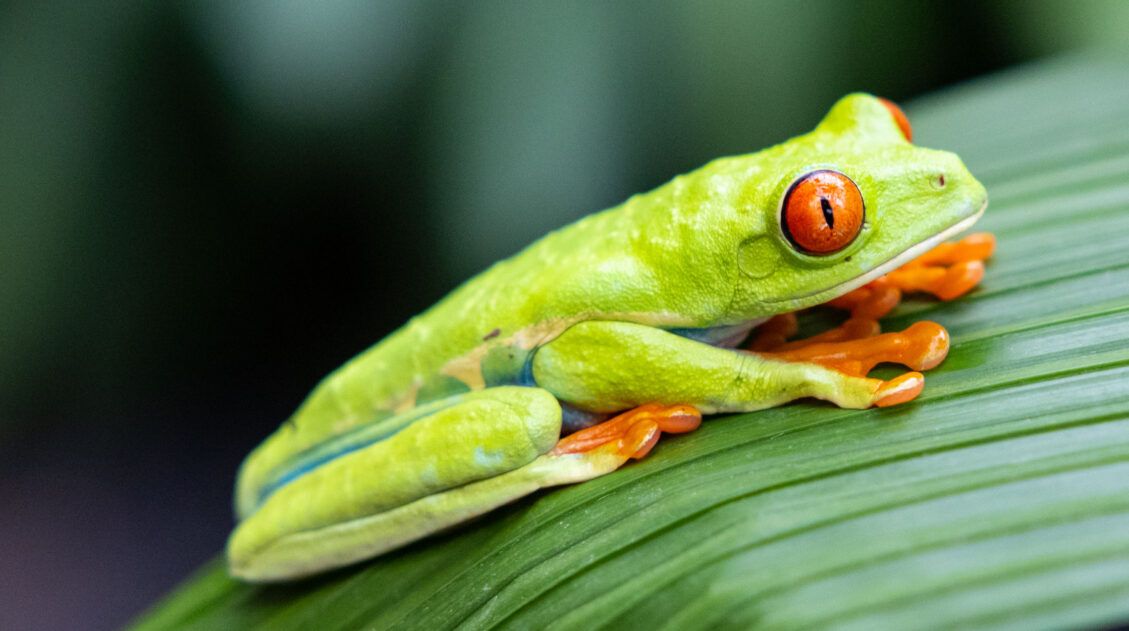
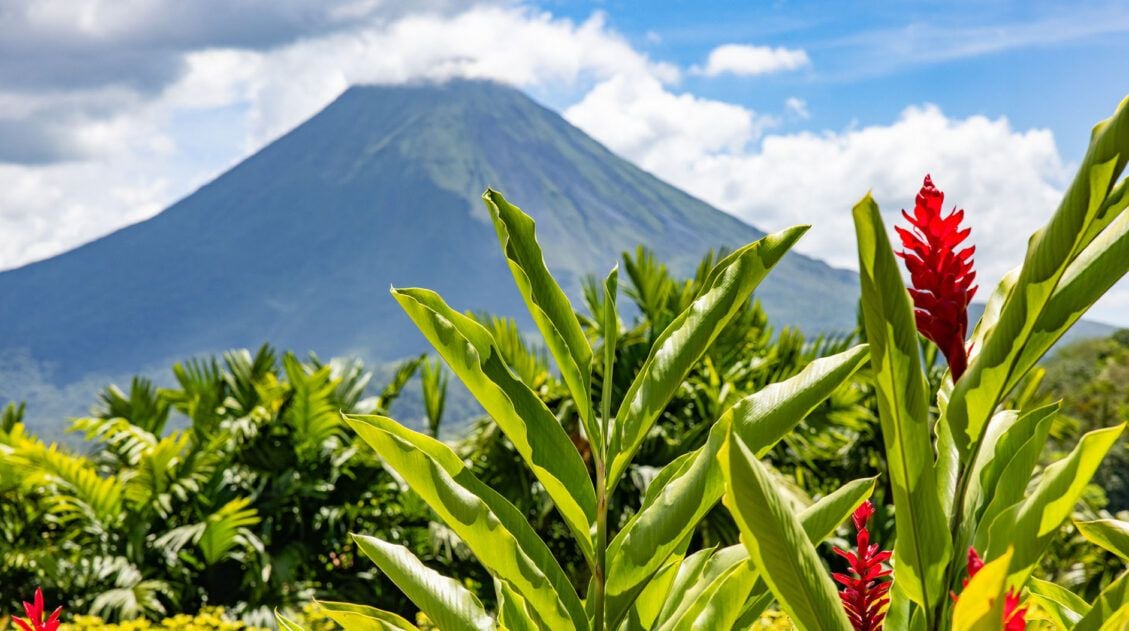
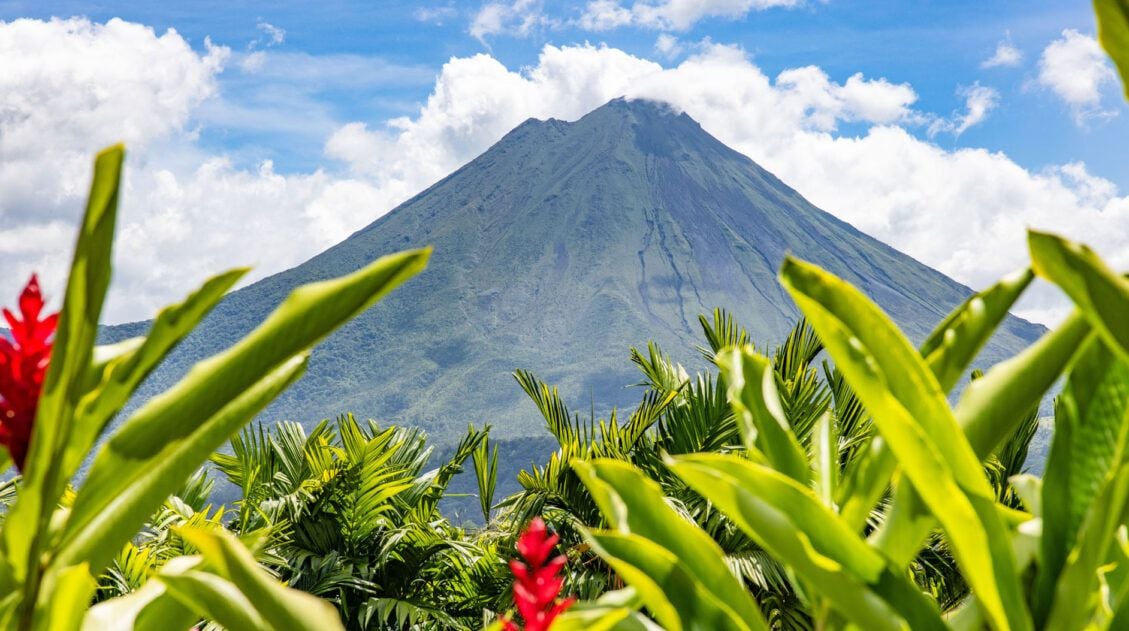
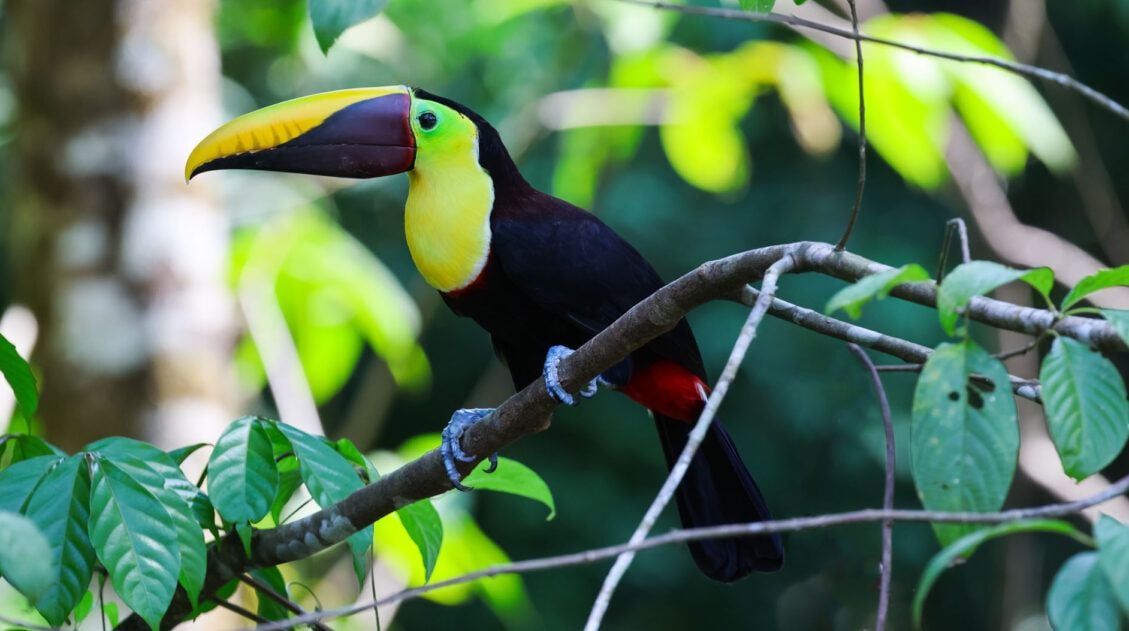
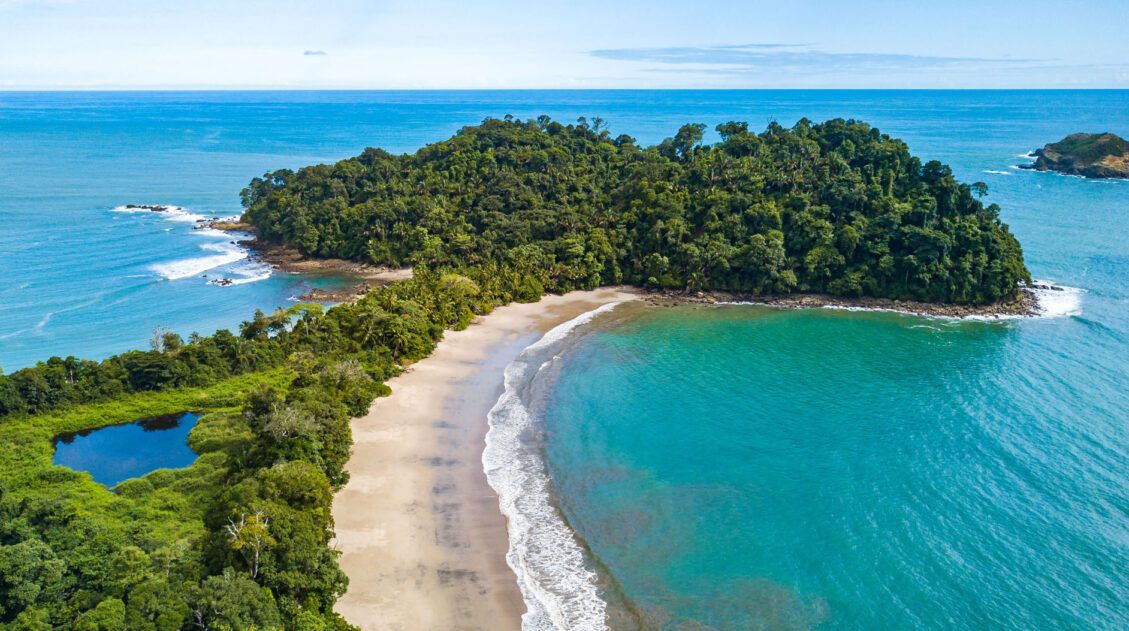
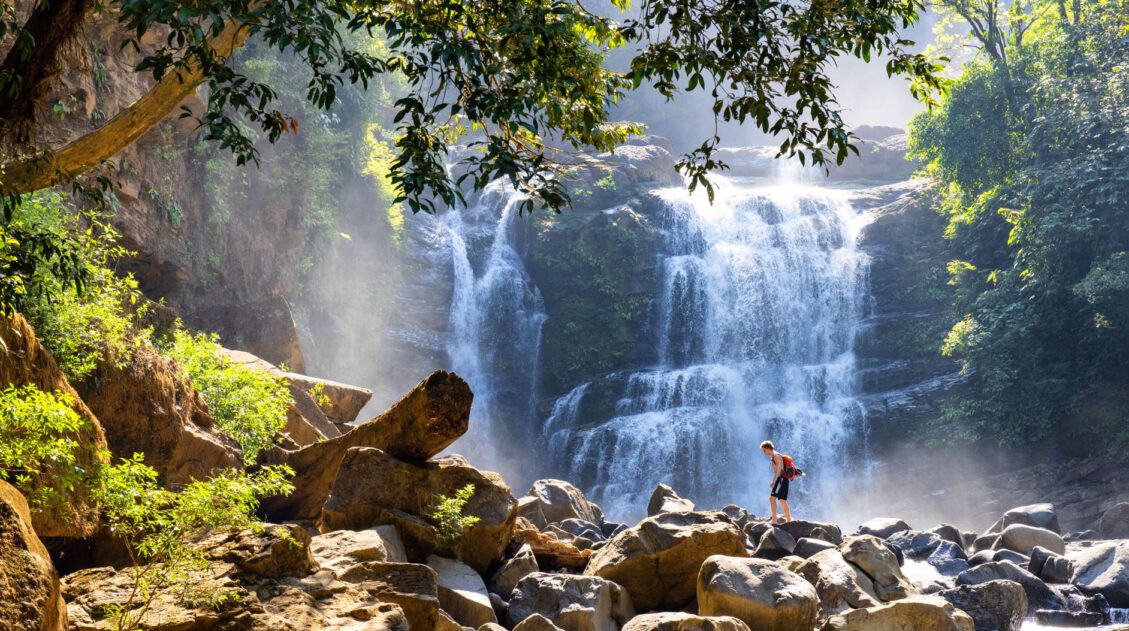
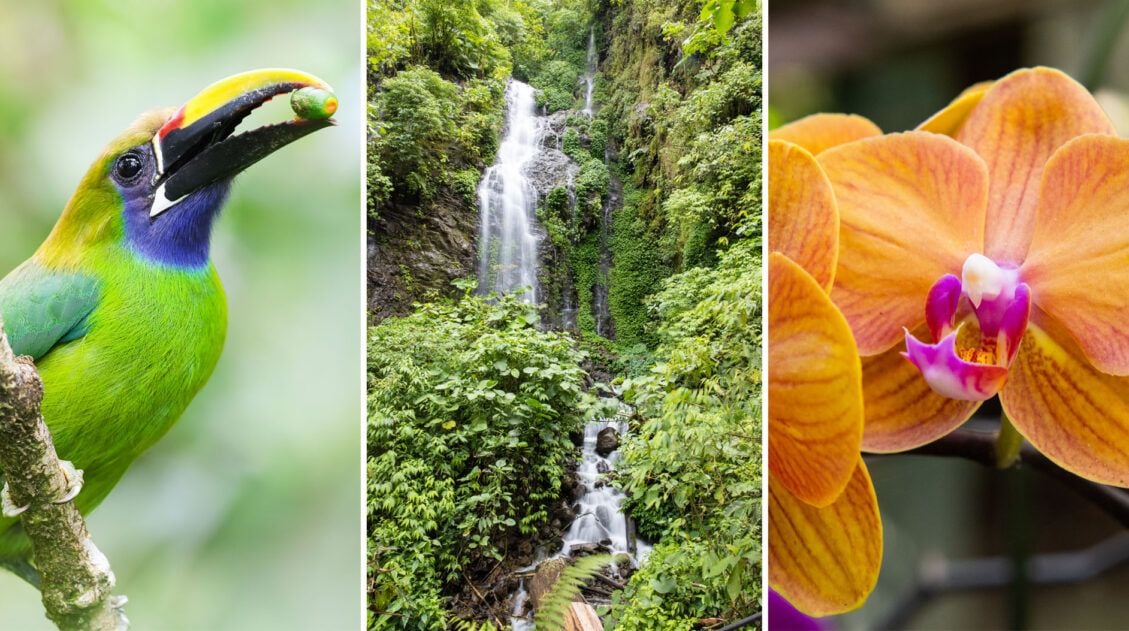
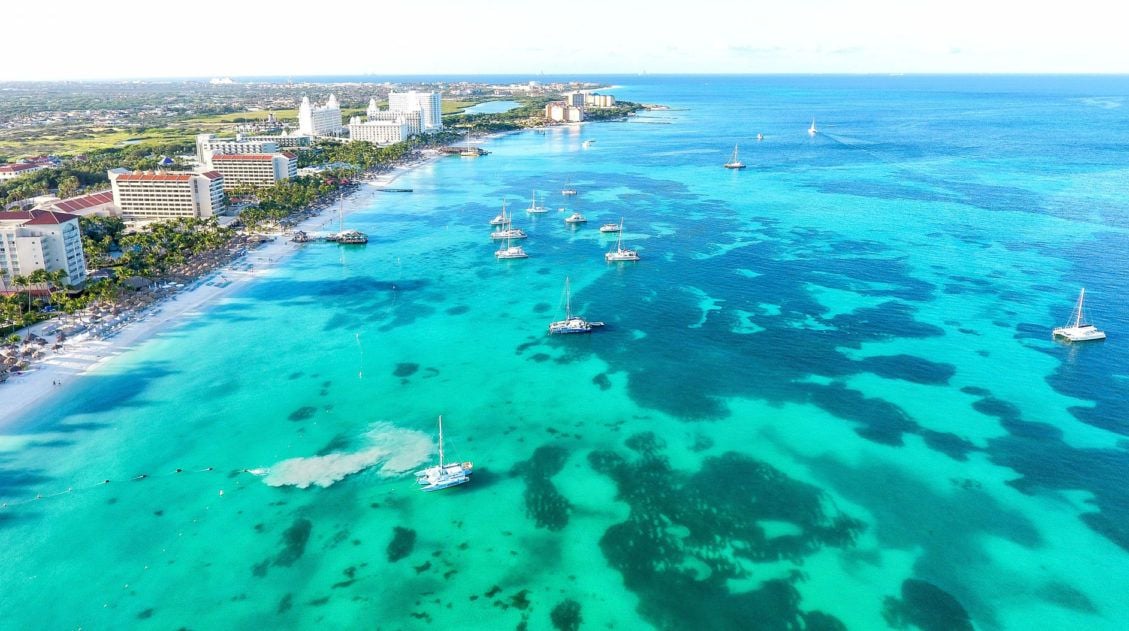
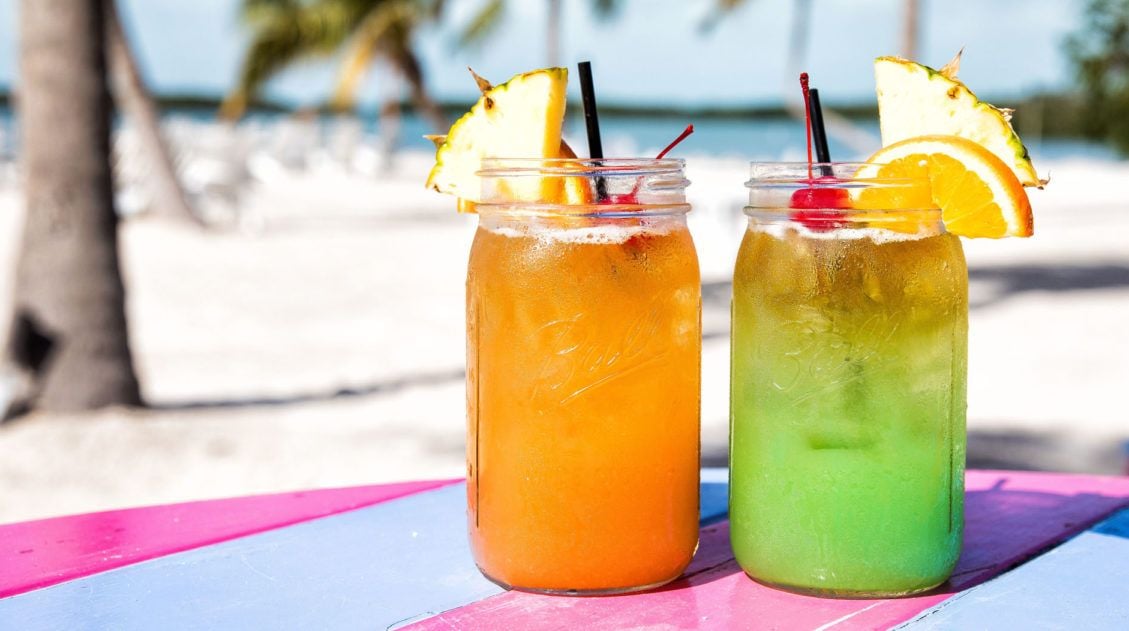
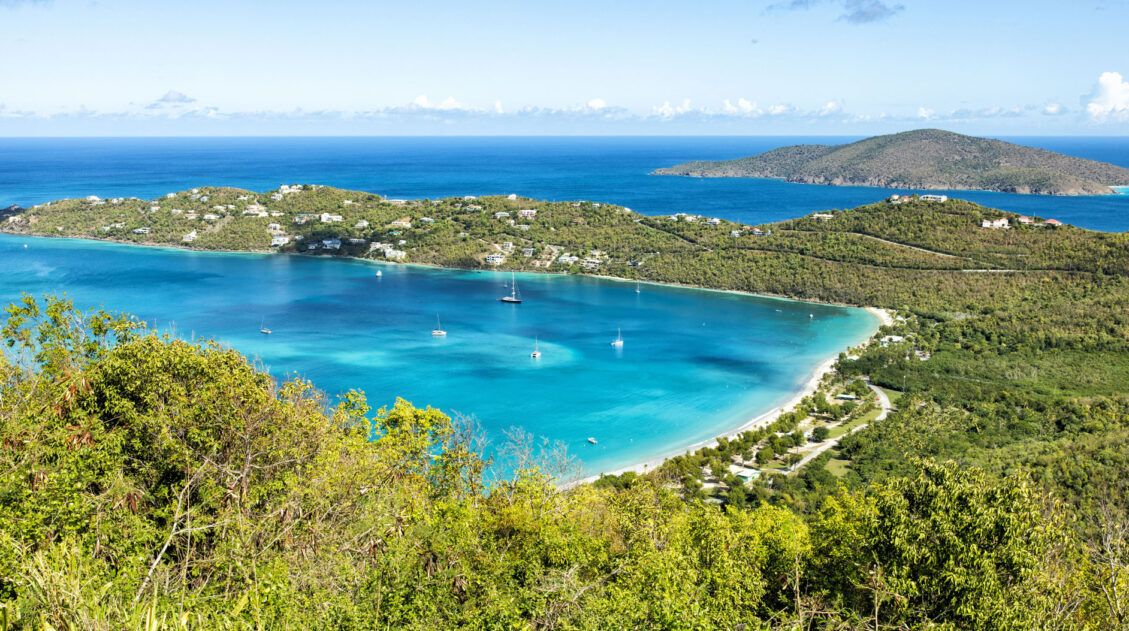
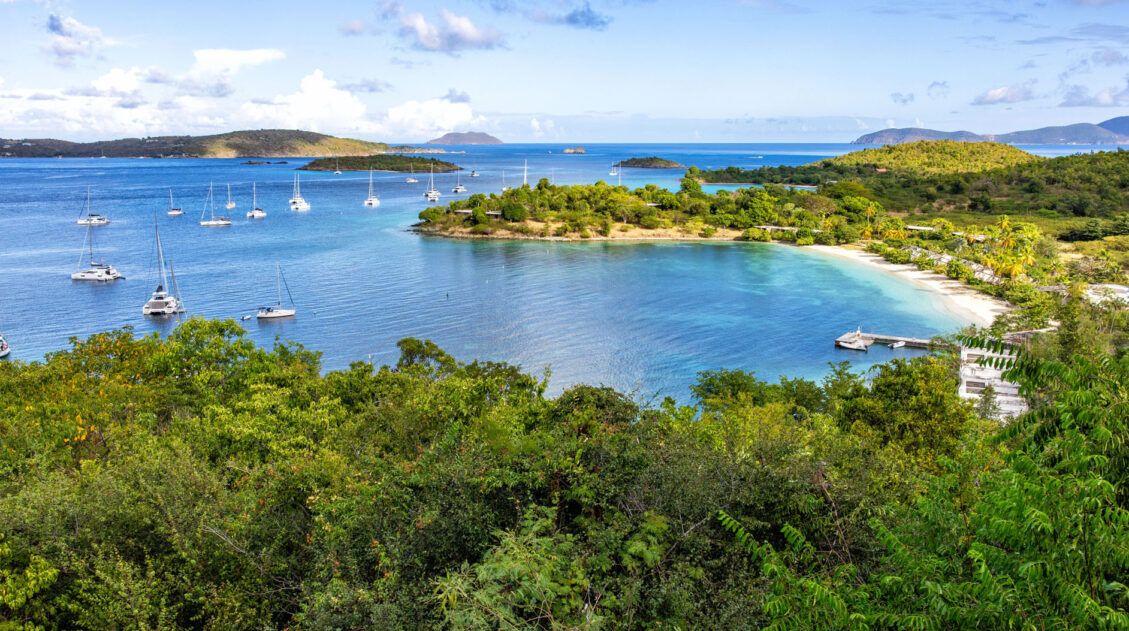
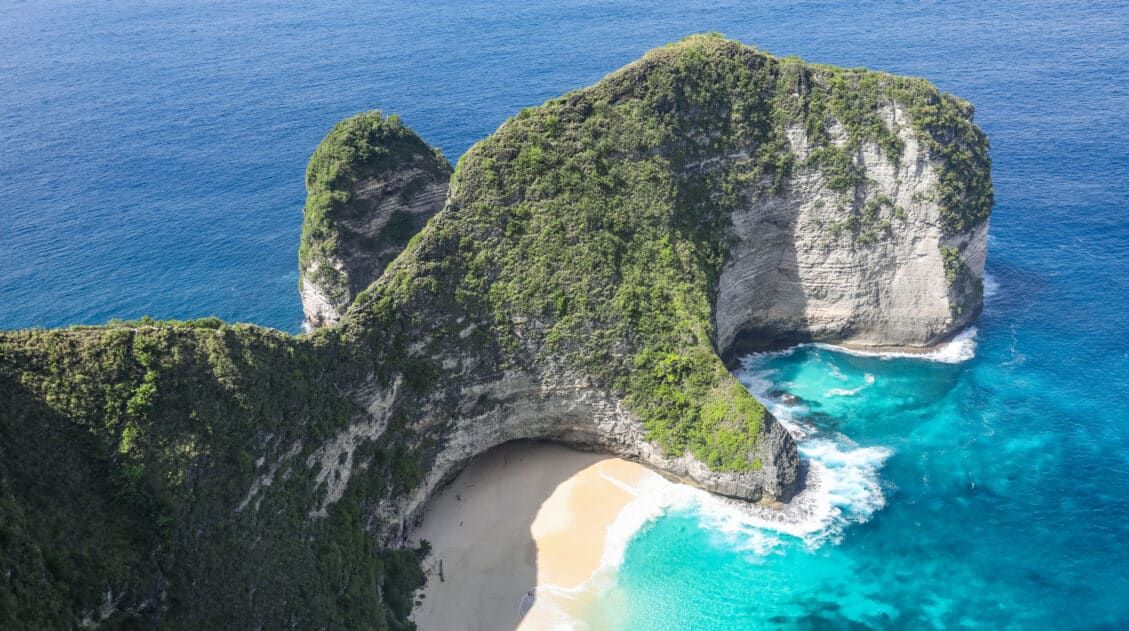
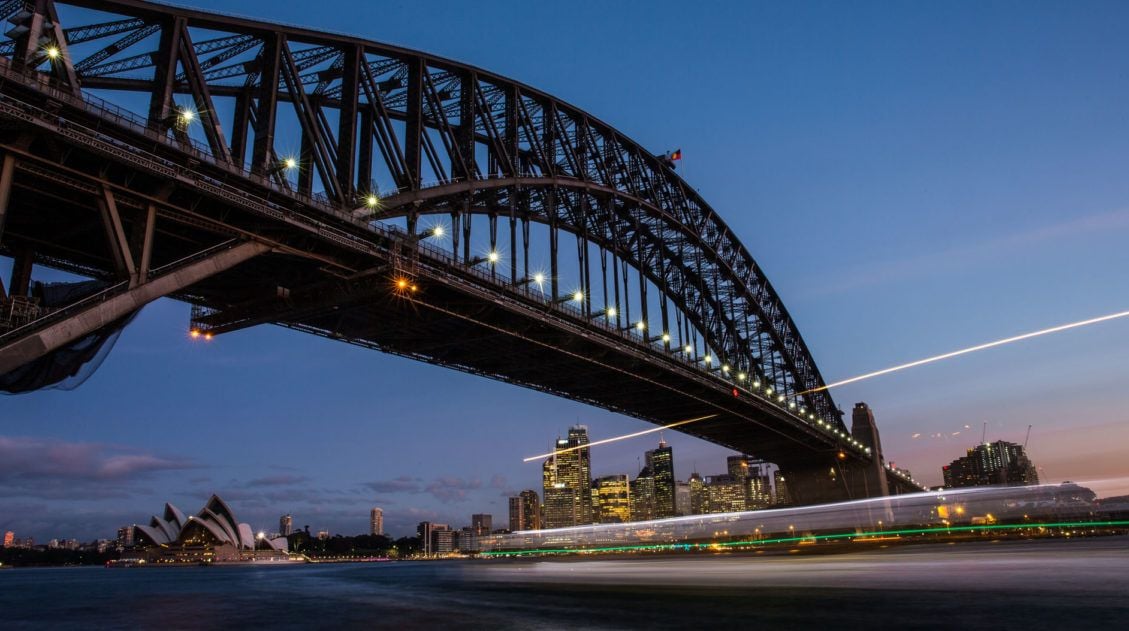
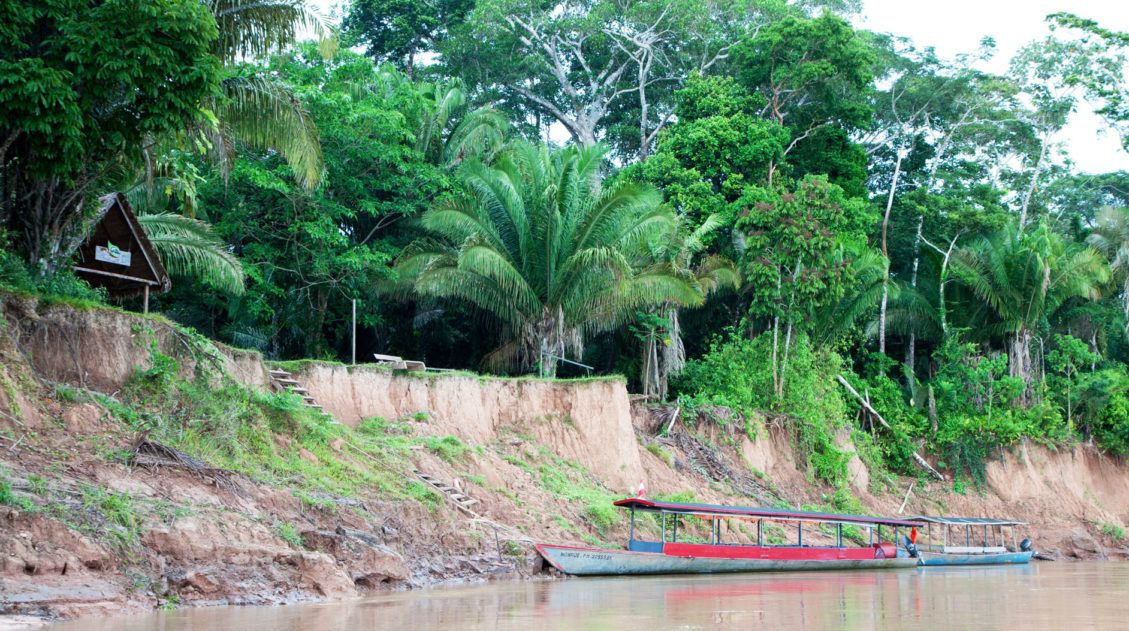
Comments 4